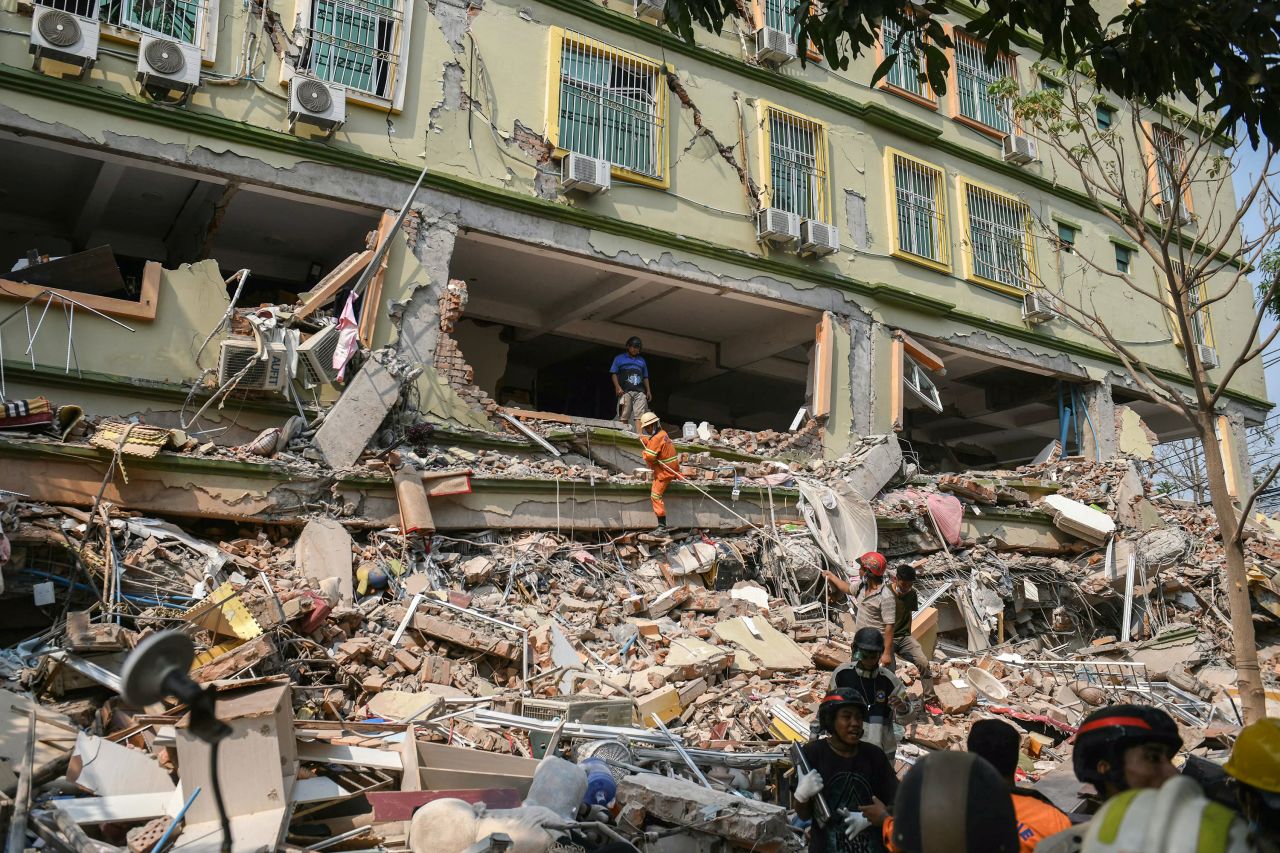 Posted On: 29, March 2025
Posted On: 29, March 2025
Introduction
Earthquakes are among the natural disasters that can cause significant devastation to human life. On March 28, 2025, Myanmar was struck by a powerful earthquake measuring 7.7 on the Richter scale, resulting in the deaths of over 140 people and injuring hundreds more. The effects were also felt in neighboring Thailand, where a 33-story building under construction collapsed in Bangkok, killing several people and leaving many more feared trapped under the rubble.
This disaster has drawn attention to the dangers of earthquakes and the growing need for preparedness in earthquake-prone regions. But why do certain areas experience frequent earthquakes? And can our world better protect itself from such catastrophes?
The Meaning and Causes of Earthquakes
Earthquakes occur due to the sudden movement of Earth's tectonic plates, which causes immense friction below the surface. When this accumulated energy surpasses the earth's resistance, it is released suddenly, causing an earthquake.
There are three main types of earthquakes:
1. Plate boundary earthquakes – These occur where tectonic plates collide, diverge, or slide past each other.
2. Volcanic earthquakes – These happen near volcanic eruption zones due to the movement of magma beneath the earth's surface.
3. Collapse earthquakes – These occur due to land subsidence or the collapse of underground caverns.
Myanmar lies in a highly seismic zone because it is situated near the boundary between the Indian and Eurasian tectonic plates, where large geological stresses build up.
How Earthquakes are Measured
Scientists use specialized scales such as the Richter Scale and the Moment Magnitude Scale (Mw) to measure the size of an earthquake. Seismographs are used to record ground movements and provide real-time data on the earthquake's magnitude and
location. For instance, the earthquake in Myanmar was measured as a 7.7 magnitude earthquake, with significant effects over an area spanning hundreds of kilometers.
Effects of Earthquakes
The Myanmar earthquake caused profound social and economic damage. Some of its impacts include:
Loss of Life and Injuries: Over 140 people lost their lives, and hundreds more were injured.
Infrastructure Damage: Buildings, roads, and power infrastructures were severely affected.
Rescue Challenges: A shortage of resources and equipment hampered rescue efforts.
Economic Disruption: Business activities and essential services were halted, negatively affecting the region’s economy.
Earthquake-Prone Areas Around the World
Many areas worldwide are highly prone to earthquakes. Examples of such regions include:
The Pacific Ring of Fire: This area includes countries like Japan, Indonesia, the Philippines, Chile, and the west coast of the United States, where tectonic plates meet at high speeds.
The Alpine-Himalayan Belt: This region spans Nepal, India, Iran, Turkey, and Greece, and it frequently experiences seismic activity.
The East African Rift Valley: This zone experiences smaller earthquakes, which could increase as the tectonic plates continue to diverge.
Measures to Combat Earthquakes
To mitigate the impacts of earthquakes, the following steps are crucial:
Resilient Construction: Buildings should be designed with earthquake-resistant structures to minimize damage during seismic events.
Public Awareness and Training: People should be educated on how to protect themselves during an earthquake.
Early Warning Systems: Countries should invest in early warning technology to save lives.
Rapid Relief Efforts: Governments and international agencies should have plans in place to provide swift emergency assistance.
Conclusion
The Myanmar earthquake serves as a wake-up call for the world to address the risks posed by seismic events. By understanding the causes of earthquakes and investing in better construction and early warning systems, communities can minimize the devastating impacts of this natural disaster. With climate change and population growth exacerbating risks, it is high time for the world to take more proactive steps in preparing for and mitigating the effects of earthquakes.